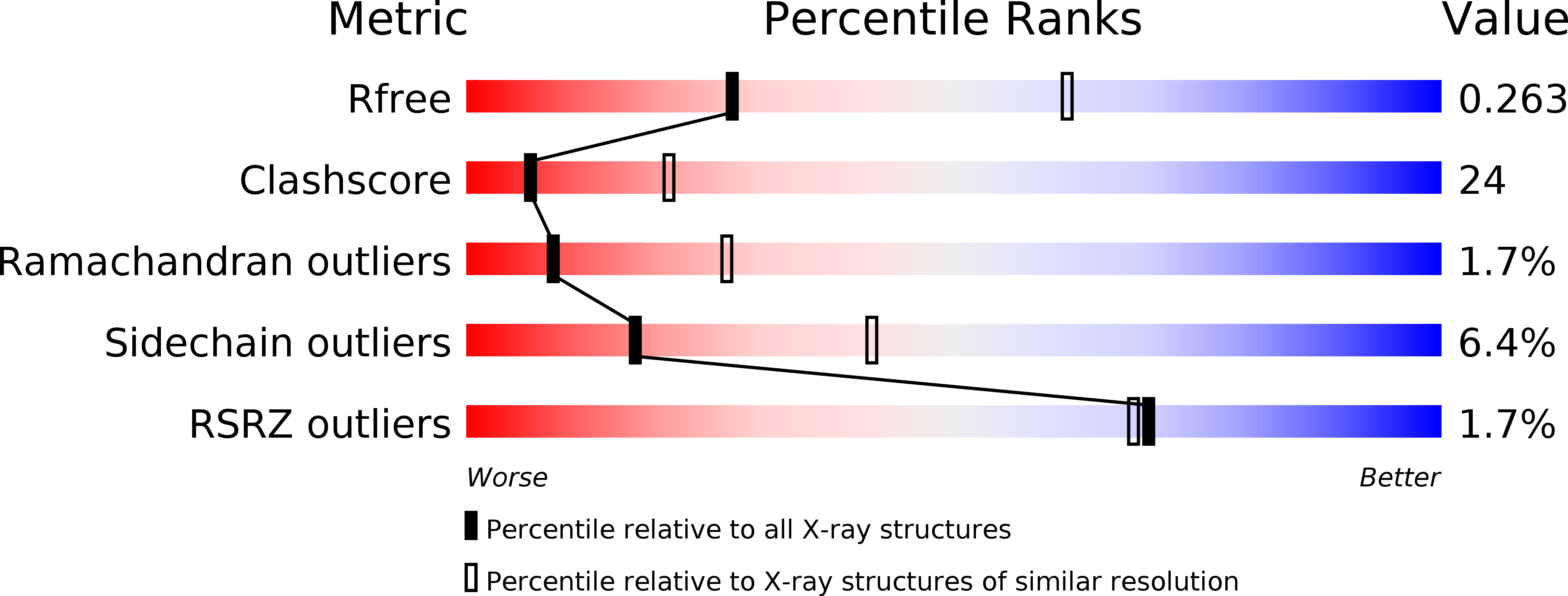
Deposition Date
2007-06-04
Release Date
2007-10-23
Last Version Date
2023-11-01
Method Details:
Experimental Method:
Resolution:
2.85 Å
R-Value Free:
0.27
R-Value Work:
0.20
R-Value Observed:
0.20
Space Group:
P 21 21 2


